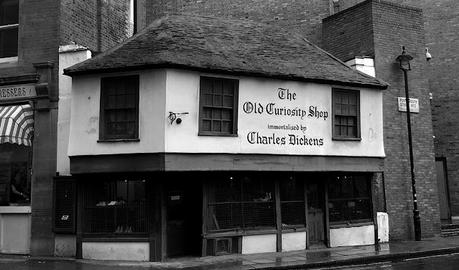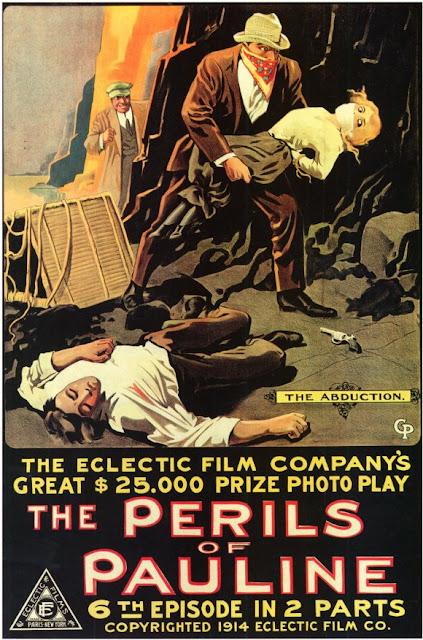 On Dickens’ cliffhangers - first seen with The Pickwick Papers in 1836—Leslie Howsam in The Cambridge Companion to the History of the Book (2015) writes, "It inspired a narrative that Dickens would explore and develop throughout his career. The instalments would typically culminate at a point in the plot that created reader anticipation and thus reader demand, generating a plot and sub-plot motif that would come to typify the novel structure."With each new installment widely anticipated with its cliffhanger ending, Dickens’ audience was enormous (his installment format was also much more affordable and accessible to the masses, with the audience more evenly distributed across income levels than previous). The popularity of Dickens's serial publications saw the cliffhanger become a staple part of the sensation serials by the 1860s.Thomas Hardy's A Pair of Blue Eyes (which was published in Tinsley's Magazine between September 1872 and July 1873) used the term when Henry Knight, one of the protagonists, is left hanging off a cliff.Moving forward to the start of the film industry during the 1910s, Fort Lee, New Jersey was a center of production, the cliffs facing New York and the Hudson River were frequently used as locations. For instance films such as The Perils of Pauline were made which would often end suddenly leaving actress Pearl White's Pauline character literally hanging from a cliff. But The Perils of Pauline would have been called a “serial” or “chapter play,” not a cliffhanger.
On Dickens’ cliffhangers - first seen with The Pickwick Papers in 1836—Leslie Howsam in The Cambridge Companion to the History of the Book (2015) writes, "It inspired a narrative that Dickens would explore and develop throughout his career. The instalments would typically culminate at a point in the plot that created reader anticipation and thus reader demand, generating a plot and sub-plot motif that would come to typify the novel structure."With each new installment widely anticipated with its cliffhanger ending, Dickens’ audience was enormous (his installment format was also much more affordable and accessible to the masses, with the audience more evenly distributed across income levels than previous). The popularity of Dickens's serial publications saw the cliffhanger become a staple part of the sensation serials by the 1860s.Thomas Hardy's A Pair of Blue Eyes (which was published in Tinsley's Magazine between September 1872 and July 1873) used the term when Henry Knight, one of the protagonists, is left hanging off a cliff.Moving forward to the start of the film industry during the 1910s, Fort Lee, New Jersey was a center of production, the cliffs facing New York and the Hudson River were frequently used as locations. For instance films such as The Perils of Pauline were made which would often end suddenly leaving actress Pearl White's Pauline character literally hanging from a cliff. But The Perils of Pauline would have been called a “serial” or “chapter play,” not a cliffhanger. And here is the big reveal:The word seems to have been first printed in the January 1931 edition of Variety according to the Oxford English Dictionary. But the Variety article certainly implies that the term cliffhanger was well known at the time. So, I suppose the question is at what point does a word become, well, a word? I’ll have another look and if you read again next month who knows...
And here is the big reveal:The word seems to have been first printed in the January 1931 edition of Variety according to the Oxford English Dictionary. But the Variety article certainly implies that the term cliffhanger was well known at the time. So, I suppose the question is at what point does a word become, well, a word? I’ll have another look and if you read again next month who knows...Another attempt at a haiku:
cliff walk past
fields of autumn gold
a gun fires
Thanks for reading, Terry Q. Email ThisBlogThis!Share to TwitterShare to Facebook
